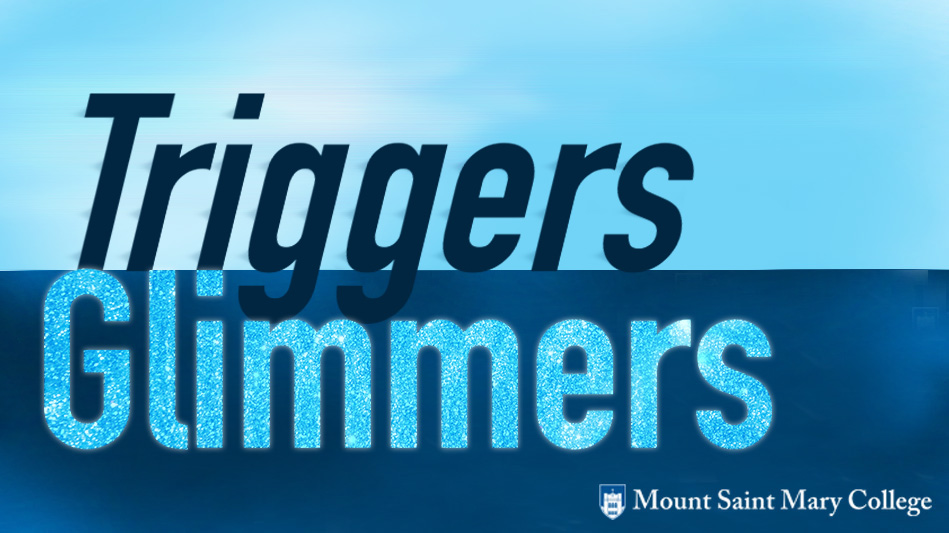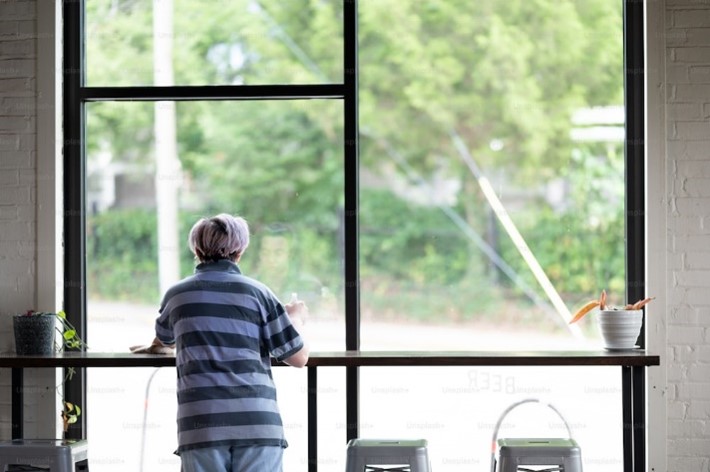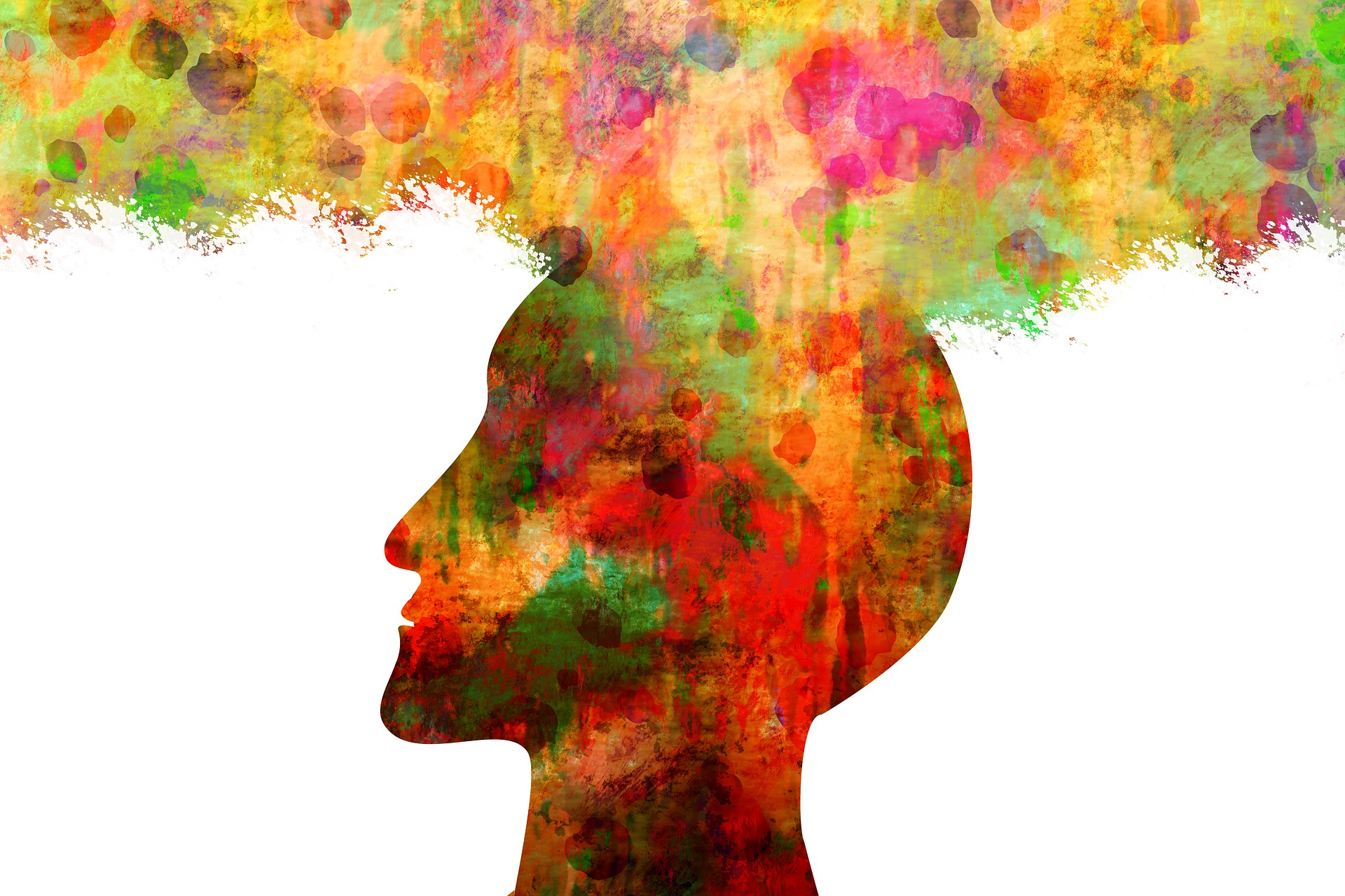by Anton Tolman, Ph.D., Guest Editor
This is the final and concluding blog for our series. I want to thank my colleagues for their time and effort in this project: Steven Pearlman, Christopher Lee, and Benjamin Johnson. Speaking for all of us, we hope you found our thoughts helpful in enriching your own thinking regarding metacognition and its importance in student learning.
The topics of this series, critical thinking, inclusive classrooms, student motivation, and succeeding with collaborative learning, are all essential themes in local and national discussions right now concerning student engagement and effective teaching. Each of the blogs in the series also touched on resistance to change (faculty or student), either explicitly or implicitly, the role of humility, and the development of metacognitive skills in achieving successful outcomes. Enhancing metacognition in ourselves and in our students is an ongoing progression, a journey, and we are happy to be walking it with you. In this last blog, I address the connection between metacognition and development of students’ personal narrative, their identity as scholars or educated persons. I believe this is the true heart of higher education and the core of its value to society.
You Can’t Change What You Can’t See
This phrase is an axiom in clinical work with clients. Clients often come to see a therapist knowing that things are wrong in their lives, but they don’t understand the reasons why or do not see a path forward to healing. They can’t change their lives for the better until they begin to “see” the nature of their problems, accept responsibility for their own role in those problems, and imagine and start to walk the road ahead.
This axiom applies to students. They usually come to college based on the promise of an economic benefit like higher paying jobs, or because they see a degree as a requirement for future goals. Many, if not most, see the purpose of education as learning facts or information and therefore, see the role of professors as experts who teach them content. When they are confronted with assignments that ask them to use critical thinking, solve problems, or work together, they can become easily frustrated. Thus, the terms “jumping through hoops” and “busy work” are commonly found in student conversations about their classes. These forms of resistance (Tolman & Kremling, 2017) are understandable because many students can’t see that the real goal of higher education is skill development, not content; it is not easily visible to them. Like the therapist’s clients, they won’t make progress until they develop the capacity to recognize the underlying issues and see the path ahead as one of purpose and value.
Student resistance to learning begins to diminish when students evaluate their own attitudes and behaviors and connect those behaviors to their academic performance. When they learn to develop metacognitive skills they can “see” previously unseen patterns in themselves and others: they recognize their own complicity in their academic struggles and begin to grasp that they are not just consumers of external information or persons being judged by some authority figure. This empowers them to assume responsibility, take action on their own, to succeed, to grow, and to become part of a community of learners.
Seeing is Believing: Shifting Identity in Higher Education
In his recent blog, Taraban (2020) describes identity as an ongoing form of development grounded in episodic memory: the story we tell ourselves about who we are. This self-narrated story is strongly shaped by the boundaries of what students “see” as the purpose of education, their personal goals, and how they approach learning. If students’ sense of identity about who they are does not change from that of being consumers of content or “students”, then we have failed them.
If we were to adopt the model of cognitive apprenticeship (Collins, Brown, & Newman, 1987) in our teaching, seeing ourselves more as mentors to students, then our major task becomes to shift their story, their identity, to that of being apprentices, not students. As apprentices, they are learning new skills under the guidance of an expert who cares for them, and who asks them to constantly re-evaluate what they are learning, consider how they are learning it, and when and how to use what they are learning. This entails a transition towards seeing themselves as participating members of the academy, as scholars and educated persons who contribute to society; metacognition is at the core of this identity shift.
Undergraduate research is a great example of this as articulated by Charity-Hudley, Dickter, and Franz (2017). They explain that the mechanism of action of this “high impact” practice on student success and retention, especially for minority or under-represented students, begins as students enter into a mentored relationship with a professor. Moving away from the traditional “student” role enables them to realize there is more to learning besides getting a grade or completing course assignments. Metacognitive activity like learning to reflect and ask their own questions, carry out their own research, generate new data, challenge their own ideas as well as existing ideas in the discipline, and create new understandings, makes them a contributor to knowledge, not just a consumer. They are a scholar, or at least a scholar-apprentice, and those episodic memories begin to shift their own narrative identity — who they see themselves to be, how they interpret their own life and future. Of course, participating in research is not the only path available to this outcome.
This student progression requires creating opportunities for students to develop and use their metacognitive skills. In both Steve Pearlman’s (this blog series) and Hale’s (2012) potent arguments, the development of metacognitive and critical thinking skills is integral to development of a “personal intellectual narrative”; you cannot discuss metacognition without referencing aspects of critical thinking, and you cannot explain critical thinking without referring to the metacognitive processes involved. As Hale (2012) says, cultivation of an “intellectual language” is a key process in this development; it inducts students into the “Great Conversation” and it becomes part of their own personal history of intellectual development. The more we integrate metacognitive opportunities in our classes, and across the curriculum, the more likely we are to observe this transition occur.
Suggestions for Teaching
Here are some thoughts about ways to incorporate metacognitive practices that promote personal narratives in students:
- Emphasize transparency and relevance. Explain the purposes of our assignments not just for short-term outcomes (learn something for a grade), but for the long-term (learn something to enhance a career and personal life, contribute to society); define and set expectations about the value of metacognition and its role in professional thinking within your discipline.
- Assign metacognitive tasks that require students to evaluate their strengths and weaknesses as learners, identify learning strategies they are using and those they are not, and ask them to connect this information to their personal and career goals. Benjamin Johnson’s description of the Personal Learning Plan (this blog series), based partly on completing practical metacognitive inventories and evaluating how to improve is an example.
- Emphasize the value of students thinking about their own development over time and their personal histories; reflective writing assignments, in all fields, are useful for this.
- Use inquiry assignments requiring students to develop their own questions, do their own research, and apply it to course content and their lives.
- Create opportunities for students to make their own thinking visible to themselves. Encourage them to question their learning, their assumptions, and acknowledge their areas of confusion as a community of learners. Hale (2012) suggests learning logs, real-time student writing of their thinking, questions, and descriptions of how they are approaching content, assignments, and preparation.
- Shift your role from “sage on the stage” to a mentor of cognitive apprentices. Model professional thinking; demonstrate metacognition and critical thinking and help the students recognize it and practice it. One way I do this is to ask, and continuously reinforce, that students call me Coach T. In my syllabus I explain the rationale for this: my purpose is to facilitate their learning, give them exercises to improve, and to clarify or assist, but the basic responsibility for their learning, as with any athlete, actor, or musician, lies with themselves.
- Evaluate your course design: what are the memories and personal experiences your students will take away relevant to metacognition? Do your assignments focus primarily on content acquisition or do they promote skill development, a sense of growth and progress towards becoming a scholar, ability to speak the intellectual language of the discipline and to reason within its context? What are your course objectives and where do they point your students: towards content, or towards becoming scholars?
These teaching practices help students “connect the dots” and see patterns they did not know existed: how they approach learning, how well they are learning, the purpose of education, and their own intellectual growth and development. Doing this reduces resistance and shifts their understanding of learning and of themselves. When we move our perspective from content to skills and weave metacognitive development into the fabric of our class, we create an environment encouraging the exploration of new personal narratives and identity for our students. This brings us closer towards achieving the potential that higher education has to offer. If you are already doing these things, hone your work, expand your empathy, and become more transparent. If you are not, you can see the road ahead, and you don’t have to travel it alone. Reach out, learn from others, and find greater joy in what you do.
References:
Charity-Hudley, A.H., Dickter, C.L., & Franz, H.A. (2017). The Indispensable Guide to Undergraduate Research: Success In and Beyond College. New York: Teachers College Press.
Collins, A., Brown, J. S., & Newman, S. E. (1987). Cognitive apprenticeship: Teaching the craft of reading, writing and mathematics (Technical Report No. 403). BBN Laboratories, Cambridge, MA.
Hale, E. (2012). Conceptualizing a personal intellectual history/narrative: The importance of strong-sense metacognition to thinking critically. In M.F. Shaughnessy (Ed). Critical Thinking and Higher Order Thinking. Nova Science Publishers, Inc.
Taraban, R. (2020, June 25). Metacognition and the Development of Self. ImproveWithMetacognition.com. https://www.improvewithmetacognition.com/metacognition-and-self-identity/
Tolman, A.O. & Kremling, J. (2017). Why Students Resist Learning: A Practical Model for Understanding and Helping Students. Sterling, VA: Stylus Publishing.







